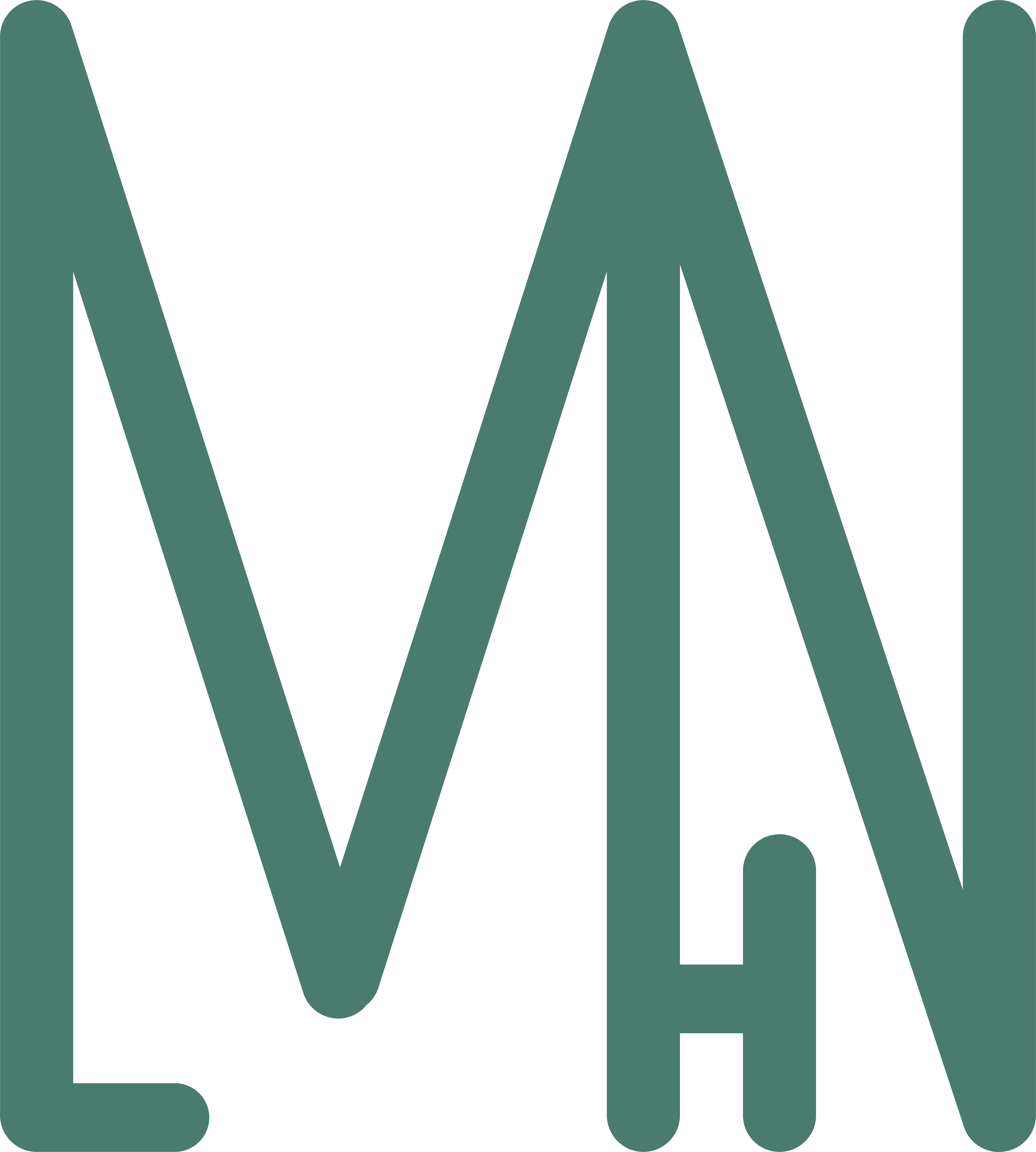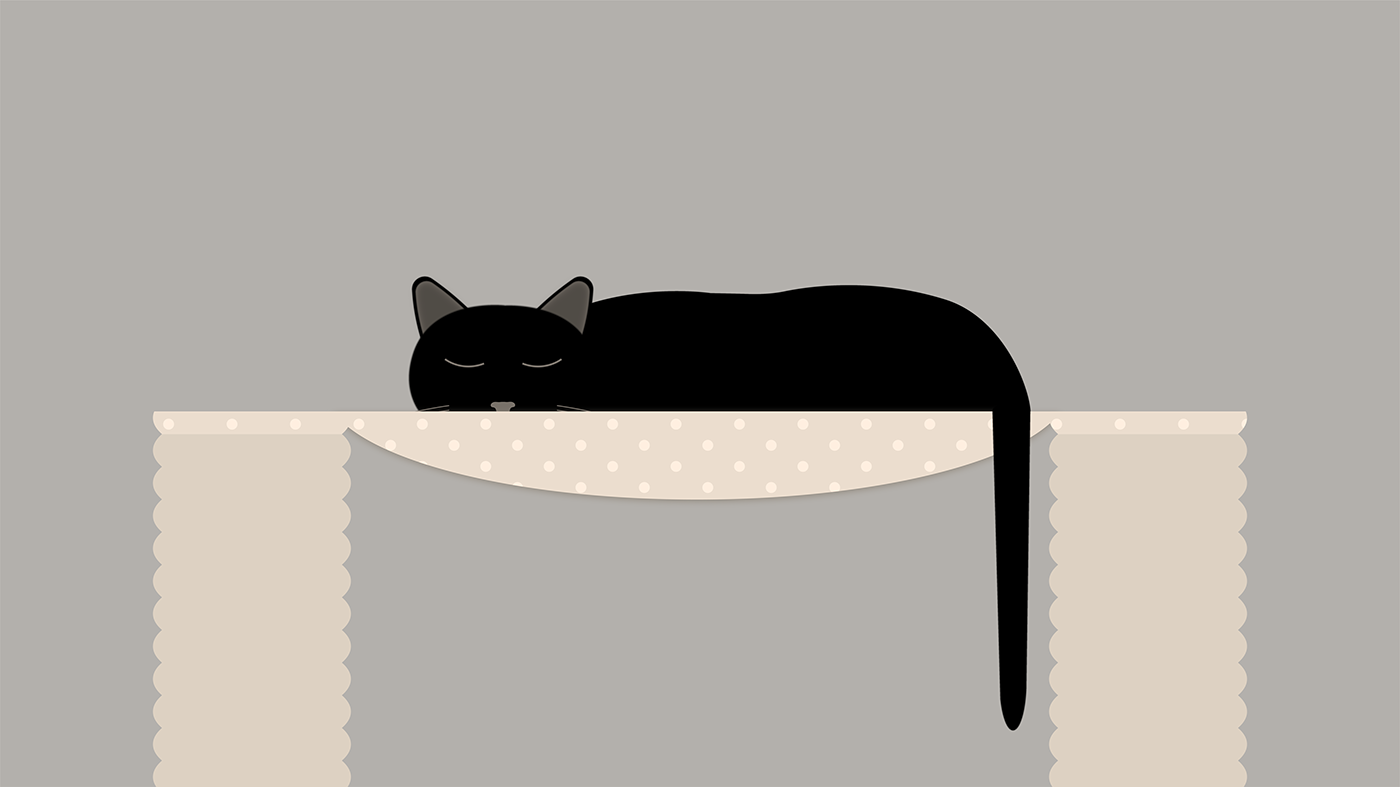Concept and Objectives
The idea behind this animation was to keep it simple, yet interesting. This was my first time animating something I created so I wanted to make sure I did it right. I decided to create an animation of my cat sleeping. His presence alleviates anxiety for me, and I wanted to create that same feeling in this animation through gentle yet realistic movements.
Sketching Process
It took me a few tries to draw my story board. In the end, I kept it simple. I showed how his back would rise and fall with his breathing, how his ear would twitch occasionally and how his tail would gently sway back and forth. I spent a lot of time watching my cat sleep to capture the exact movements he makes while asleep.
Incorporated Feedback
I received feedback to make the twitch of the ear more noticeable to the viewer. I did this and made his ear twitch a little larger in its movement. I also received feedback to fix the head/body proportions and to perhaps move the bottom of the hammock ever so slightly as he breathed in and out. I noticed that if my cat is sleeping on his paw, it does protrude a bit through the hammock each time he breaths in. I added this small detail to give the illusion of him sleeping on less sturdy, fabric material.
Final Animation
I believe this image meets my objectives for this project. Not only have I created smooth, relaxing and realistic movements in my basic animation, I have added a soft purr sound effect to really bring this relaxed feline to life. There are few sounds I find more comforting as a cat’s purr and I think that small addition really helped me accomplish my objectives. I also believe I met my objective in making this cat look almost life like. I received further evidence of this as my real cat kept trying to interact with my animated cat while I played the clip on the TV. Even without the sound, my cat was incredibly intrigued. The cat’s purr brings interest and relaxation as do his subtle movements. I believe I have accomplished what I set out to create.




